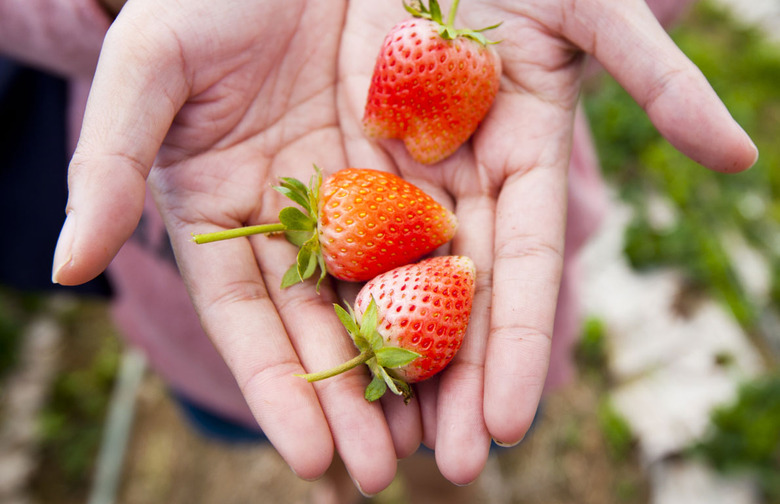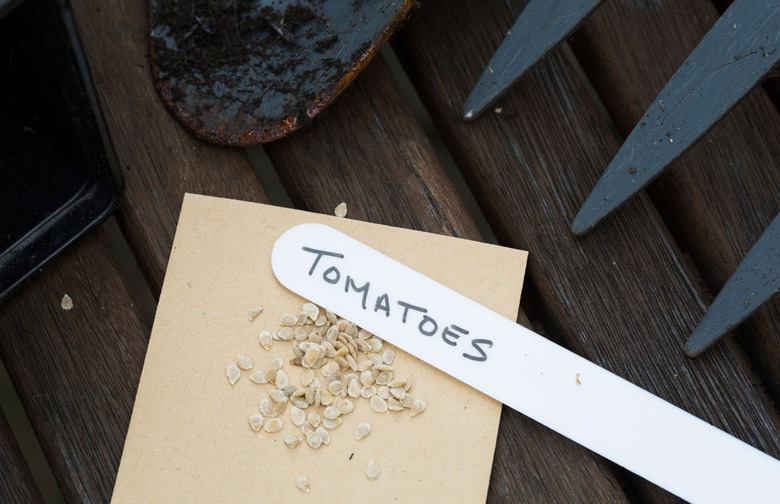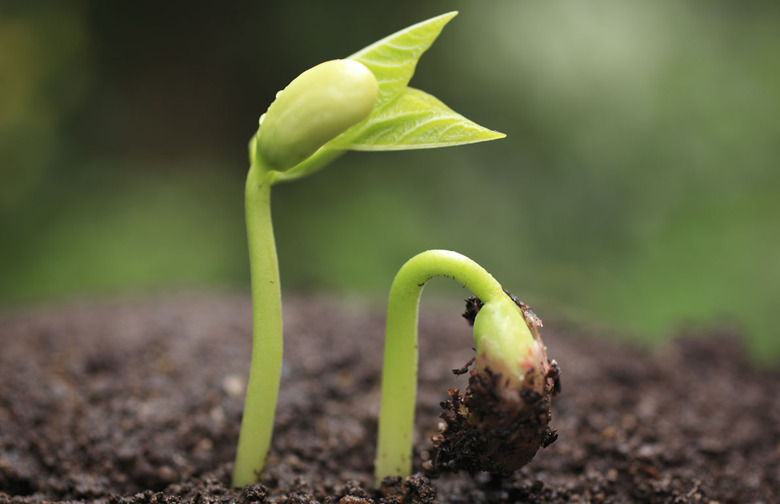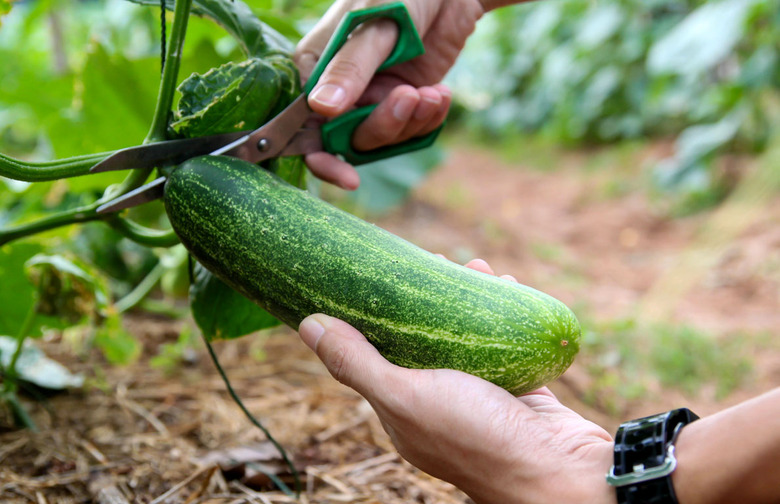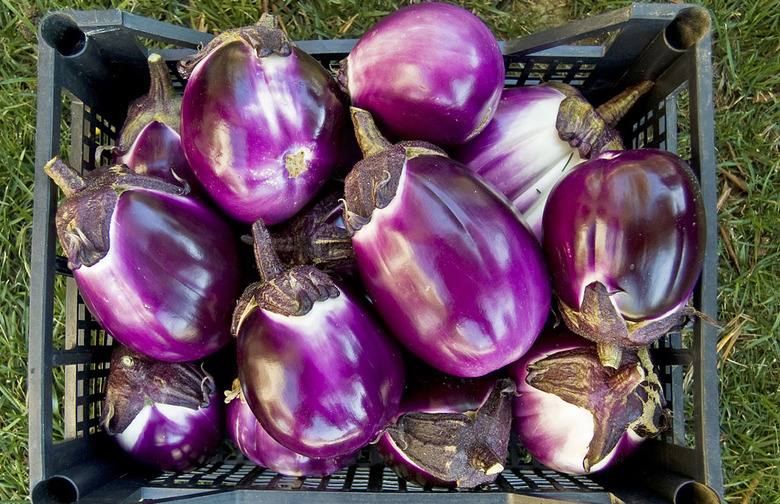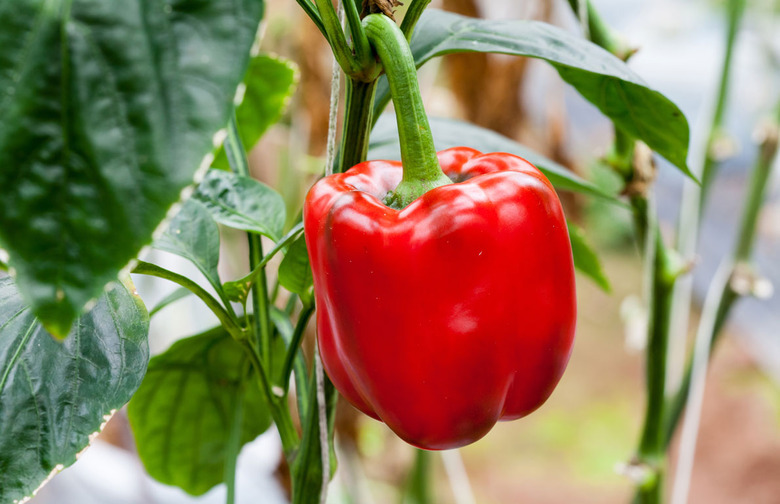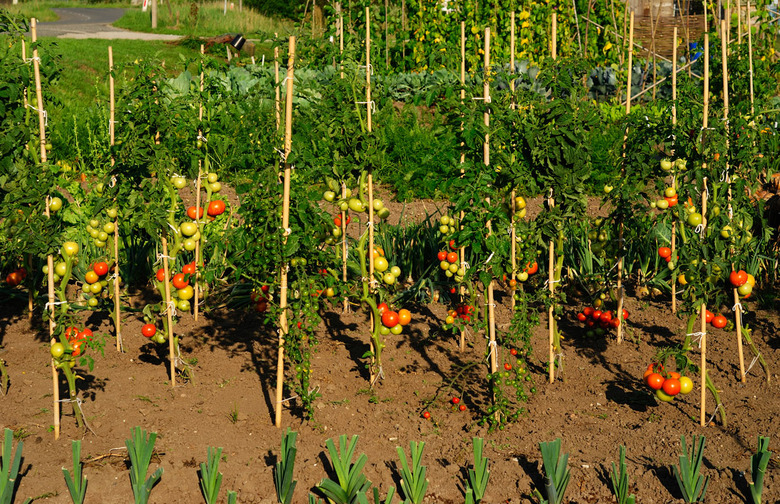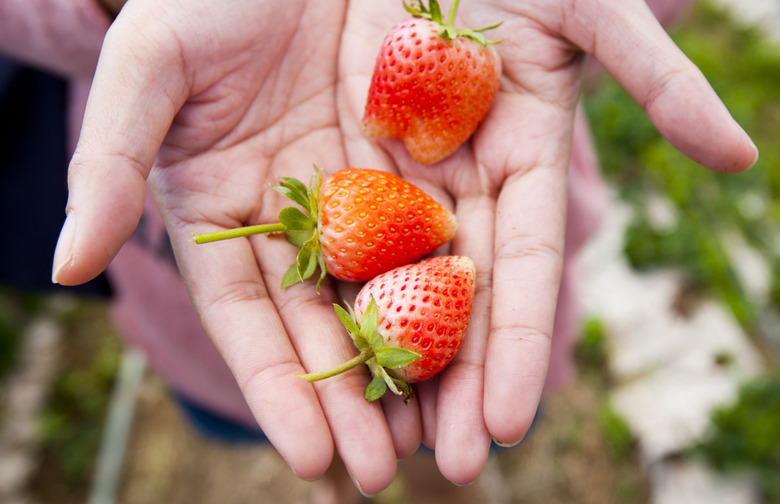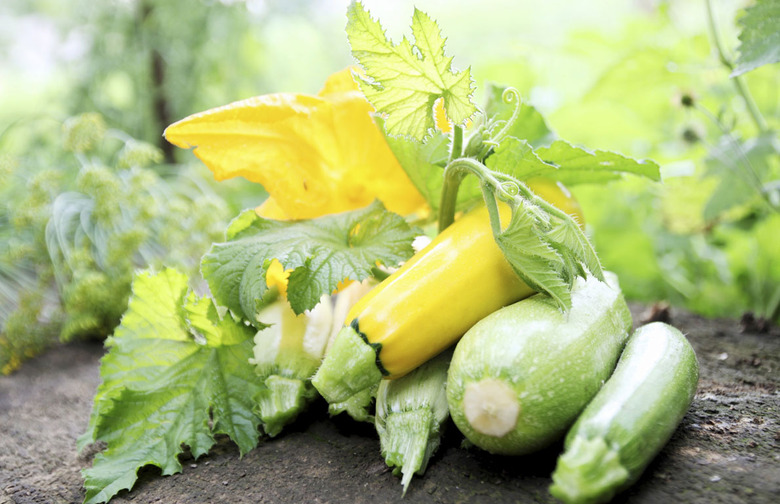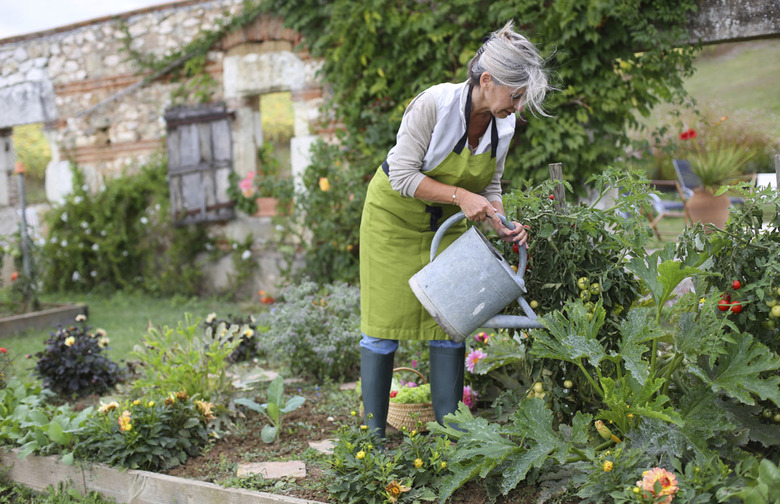How To Turn Your Yard Into A Grocery Store This Summer
Follow these incredible tips for tasty crops all summer long, but take care to remember: these tips are following the Northeast seasonal calendar.
Begin with the Basics
"Decide in advance how many of each vegetable or flower variety you want and where you're going to site it. Label your plant markers with the variety name and date before you head outdoors. If your shoes get muddy when walking around the garden, then your soil is too wet for sowing or transplanting. Wait for a drier day. If it's been more than a couple of weeks since you've turned the soil and prepared your beds, then they've probably crusted over from rain. Drag a rake over the area a couple of times to break up the crust (you'll likely need to weed, too)."
— Colin Cudmore
Bush Beans
"Beans are best when directly sown from seed in the garden when soil temperature is a least 60 degrees F. Plant in full sun. Soak the seeds in water for about one hour prior to planting to speed germination and coat the seeds with an organic bean or pea inoculant to boost harvest. During peak production, harvest beans frequently to keep them producing."
— Brande R. Plotnick, founder of the sustainable living site Tomato Envy
Cucumbers
"Skip nursery-bought plants as they typically don't perform as well as directly-sown seeds — which are also available for a fraction of the price. Wait until the soil is at least 65 degrees F and plant seeds in full sun about 1/4 of an inch deep. Cucumber plants take up lots of space if allowed to sprawl, so you can grow more in a small space by training the vines up a small trellis. Growing vertically also helps grow straighter cucumbers and keeps plants healthy with better air circulation. Encourage pollination by planting near flowers or allowing spring herbs to flower."
— Brande R. Plotnick
Eggplant
"Start from seed eight to 10 weeks before your last spring frost date or purchase plants from your local nursery. Plant them in the garden when the soil reaches at least 65 degrees F near a stake or cage. The plants need support as they grow and produce heavy eggplants. Attract pollinators by planting near flowers and keep the soil consistently moist. Eggplants love warm soil and heat, so plant in full sun and mulch to keep soil moist and warm."
— Brande R. Plotnick
Peppers
"Start from seed eight to 10 weeks before your last spring frost date or purchase plants from a local nursery. Wait until soil is at least 65 degrees F to plant your peppers in the garden in full sun. To increase production, tent the plants with clear plastic to keep them warm until summer heats up. Water your plants consistently and place stakes or cages around plants to help support them as they grow and produce heavy fruits."
— Brande R. Plotnick
Tomatoes
"Start from seed indoors about eight weeks before your last spring frost date or buy plants from a local nursery. Wait to plant your seedlings in the garden in full sun until the soil is at least 60 degrees F. Black plastic stretched over the area you'd like to plant will warm the soil more quickly. Plant tomatoes in a shallow trench and bury their stems all the way up to the top sets of leaves to encourage growth of more roots along their 'hairy' stems. Consistent moisture is important, so don't let the soil get too dry."
— Brande R. Plotnick
Strawberries
"Strawberries are best grown from bare root nursery-bought plants. Plant the roots in very early spring in full sun and keep consistently moist. For the first year, pinch off all flowers on the plants to encourage the plants to put their energy into producing strong root systems instead of fruit. You can begin harvesting berries the second year and your plants will continue producing for up to five years. After that, refresh your strawberry patch with new plants."
— Brande R. Plotnick
Summer Squash
"Just like cucumbers, summer squash is best when planted directly from seed when the soil reaches at least 60 degrees F. Plant seeds about 1/2 inch deep and keep consistently moist. Summer squash are large plants, so give them plenty of room in full sun. Encourage pollination by planting near flowers. Summer squash loves heat, so encourage fast growth by placing a clear cloche over seedlings or tent with clear plastic until plants become larger. Keep the soil moist and warm with a layer of mulch."
— Brande R. Plotnick
When to Water
"Watering is most effective, with the least amount of evaporation, in the morning. Water early enough that the foliage is not wet during the hottest part of the day. Try to avoid watering in the late afternoon. The plant foliage should be dry going into evening as well. The more the foliage is wet, the greater the chance there is of plant disease problems on vegetables or flowers. For efficiency, dishwater can be used to water your fruits and vegetables. This water would normally be wasted, but minerals, fats, and bits of vegetable material can actually enhance water. Be careful not to overwhelm your soil with oils and soap, but we encourage people to look for ways to match available resources with water needs."
— Colin Cudmore
